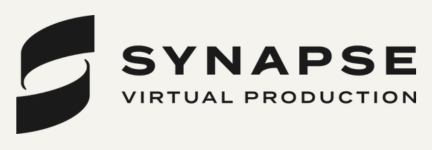
What does Publicis Omnicom Mean for Production?

So, Publicis (market cap US$15.7 billion, key brands Leo Burnett, Publicis, Saatchi and Saatchi, BBH, Fallon, Zenith Optimedia, Starcom MediaVest) and Omincom (market cap US$16.8 billion, key brands BBDO, DDB, TBWA, 180, OMD, PHD) have merged to become Publicis Omnicom Group, the world’s largest advertising group.
They were the second and third largest, behind WPP, who they have now overtaken - provided they don’t have any competition law problems.
The rationale for the merger is to meet the challenge posed by Google, Amazon, Facebook and the Silicon Valley giants. With cost savings of up to US$ 500 million, the new network also cites standard merger benefits, such as centralised resources. However it is clear that gearing up to the fierce challenge of the tech giants is the main driver.
The instinct to respond to that challenge is no doubt a good one. The size of the challenge was clear to anyone who attended Cannes Lions this year, with Google, Yahoo, Linkedin, Tumblr and the likes having the biggest visible presence on and off the Croisette.
Who could have imagined a few years ago, advertising agencies playing second fiddle to anyone at Cannes?
What is not clear though is how the merger will help meet that challenge. The benefit is said to be scale but in terms of market capitalisation it doesn’t bring them close to the tech giants, with Google valued at over US$300 billion, Amazon US$136 billion and Facebook US$88 billion.
All these companies are advertisers, channels, creative and media. How do agencies compete against them and how do they work with them without making them even stronger, to the disadvantage of the agency? These are the key questions and they are not answered by the merger.
Sir Martin Sorrell at WPP hopes to make something of client conflicts, by tempting some of the new network’s clients over to his agencies. Coca Cola’s main agency is Leo Burnett (Publicis), while Pepsi’s is BBDO (Omnicom). Of course it suits WPP to try and make this an issue but I can’t see it will be. That is one of the reasons agency groups exist in the first place, so they can have separate agencies working for competing clients.
For the production world, the challenge is likely to be further attempts by Publicis Omnicom to keep more of the work that they outsource to experts - production, VFX, editing - in house. That is something that agency groups have identified as an objective, having established entities such as WAM. In France WAM has made significant inroads into the VFX sector as Publicis agencies are being ‘encouraged’ to use them.
Our position on that is clear - the best expertise is within production, VFX and editing companies that are independent of agency groups. That expertise and the over supply of it means the market for it provides clients with best value.
Many advertisers see that but there is a battle ahead to ensure that clients have that knowledge and are not persuaded to use agency groups’ in house services by talk of ‘synergies’ and ‘vertical integration’.
Agencies in London see it too. This means that when they can choose their suppliers, the independent production sector will win the work – however they are inevitably going to come under more pressure to follow the course that the network dictates.
So the super-merger might not present new challenges, but it’s likely to hasten those that already exist.
Steve Davies
Chief Executive - Advertising Producers Association















